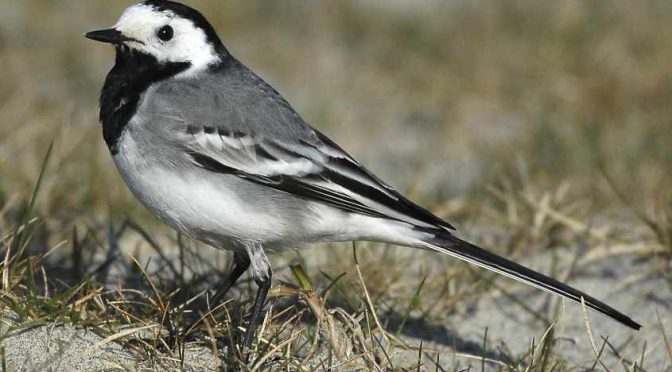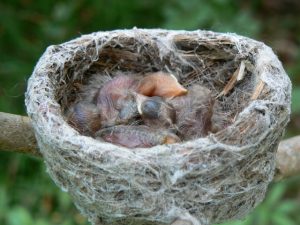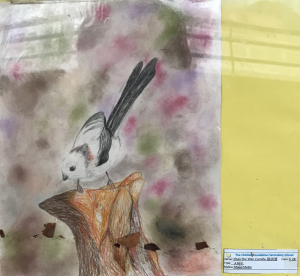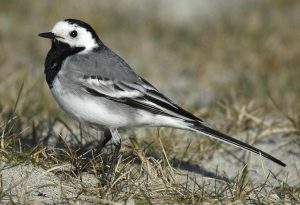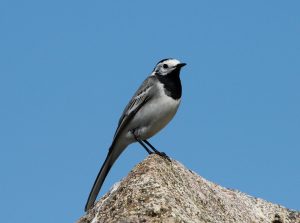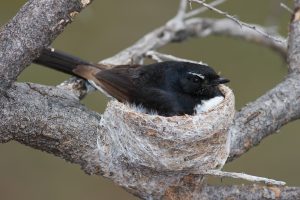| Common Name | (in English) White Wagtail |
| (in Chinese) 白鶺鴒 | |
| Scientific Name | (in Latin) Motacilla alba |
| Peculiar characteristics / external features: | This species breeds in much of Europe and Asia and parts of north Africa. It is resident in the mildest parts of its range, but otherwise migrates to Africa. It has a toehold in Alaska as a scarce breeder. |
| Distributions: | White wagtail is resident in the milder parts of its range such as western Europe and the Mediterranean, but migratory in much of the rest of its range. Northern European breeders winter around the Mediterranean and in tropical and subtropical Africa, and Asiatic birds move to the Middle East, India, and Southeast Asia. Birds from the North American population also winter in tropical Asia. |
| Habits: | |
| Dietary | The exact composition of the diet of white wagtails varies by location, but terrestrial and aquatic insects and other small invertebrates form the major part of the diet. These range from beetles, dragonflies, small snails, spiders, worms, crustaceans, to maggots found in carcasses and, most importantly, flies in the order Diptera. |
| Reproductive (Solitary/Social/Territorial, Courtship Behavior, Taking care of youngs, etc) | White wagtails are monogamous and defend breeding territories.[16] The breeding season for most is from April to August, with the season starting later further north. Both sexes are responsible for building the nest, with the male responsible for initiating the nest building and the female for finishing the process. Around three to eight eggs are laid, with the usual number being four to six. The eggs are cream-coloured, often with a faint bluish-green or turquoise tint, and heavily spotted with reddish brown. |
| Whatever appropriate | The white wagtail is an insectivorous bird of open country, often near habitation and water. It prefers bare areas for feeding, where it can see and pursue its prey. In urban areas it has adapted to foraging on paved areas such as car parks. It nests in crevices in stone walls and similar natural and man-made structures. Eleven subspecies have currently been recognised. |
| Interesting Fact: | The most conspicuous habit of this species is a near-constant tail wagging, a trait that has given the species, and indeed the genus, its common name. In spite of the ubiquity of this behaviour, the reasons for it are poorly understood. It has been suggested that it may flush prey, or signal submissiveness to other wagtails. A recent study has suggested instead that it is a signal of vigilance to potential predators. |
References:
http://www.luontoportti.com/suomi/en/linnut/white-wagtail
http://datazone.birdlife.org/species/factsheet/white-wagtail-motacilla-alba
https://www.arkive.org/white-wagtail/motacilla-alba/
